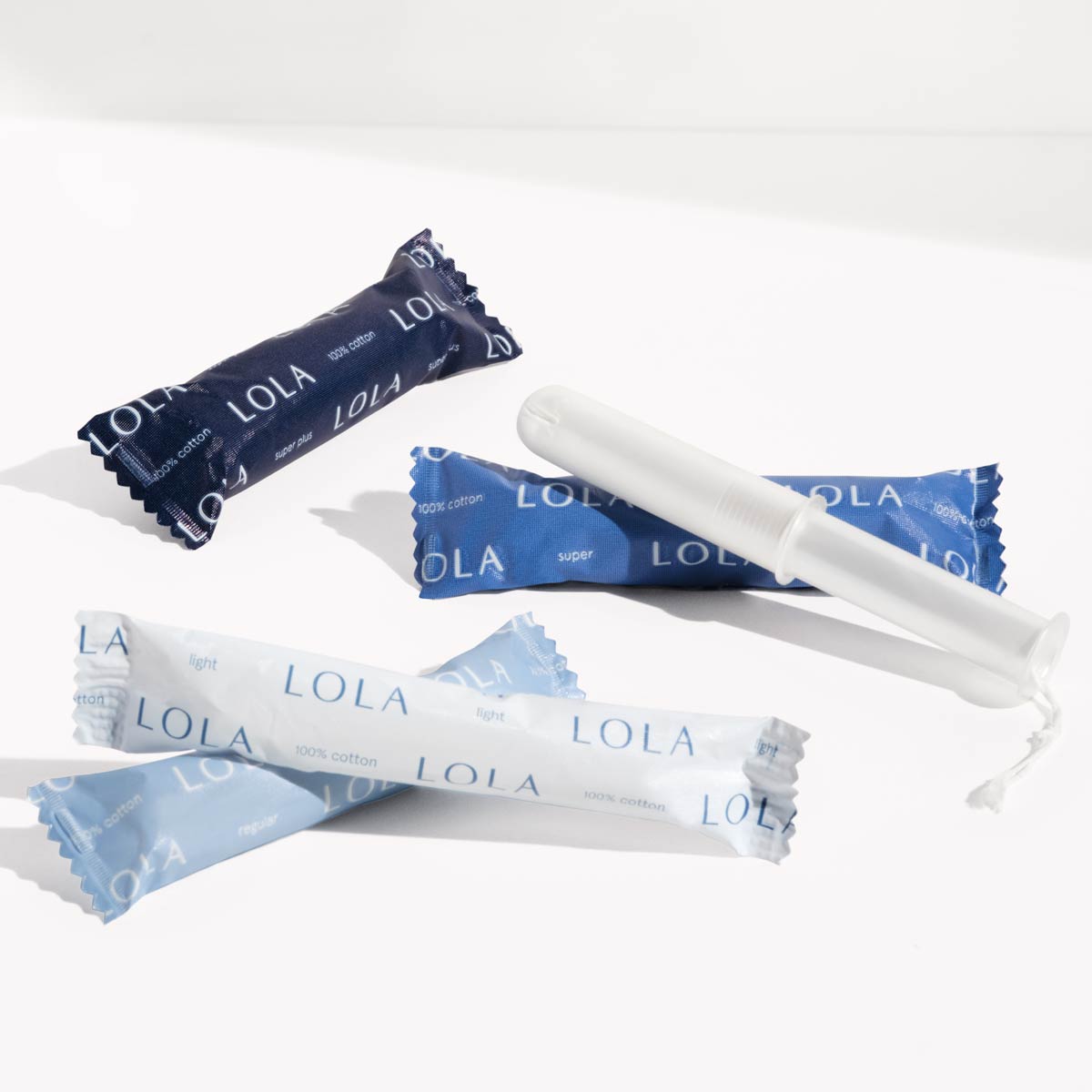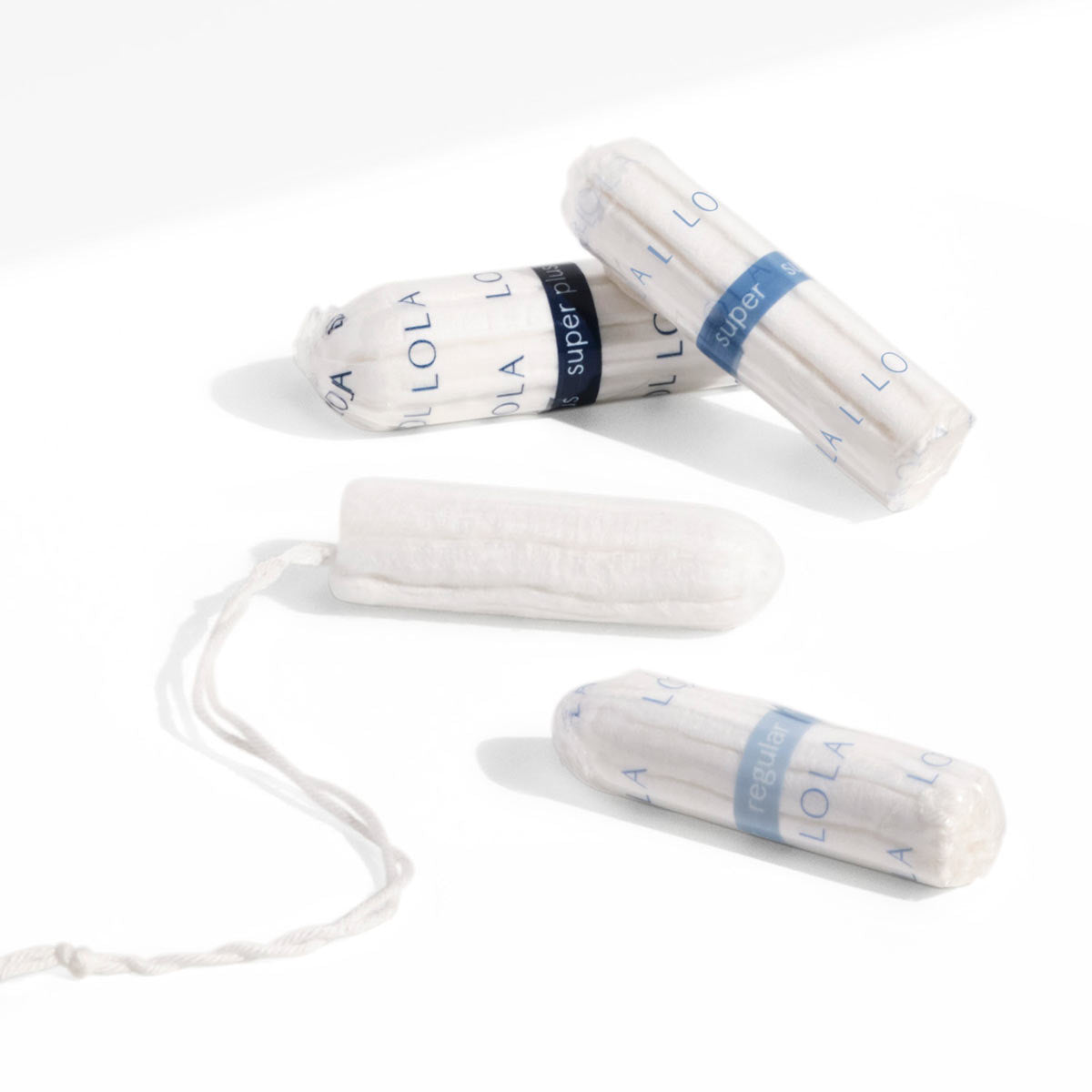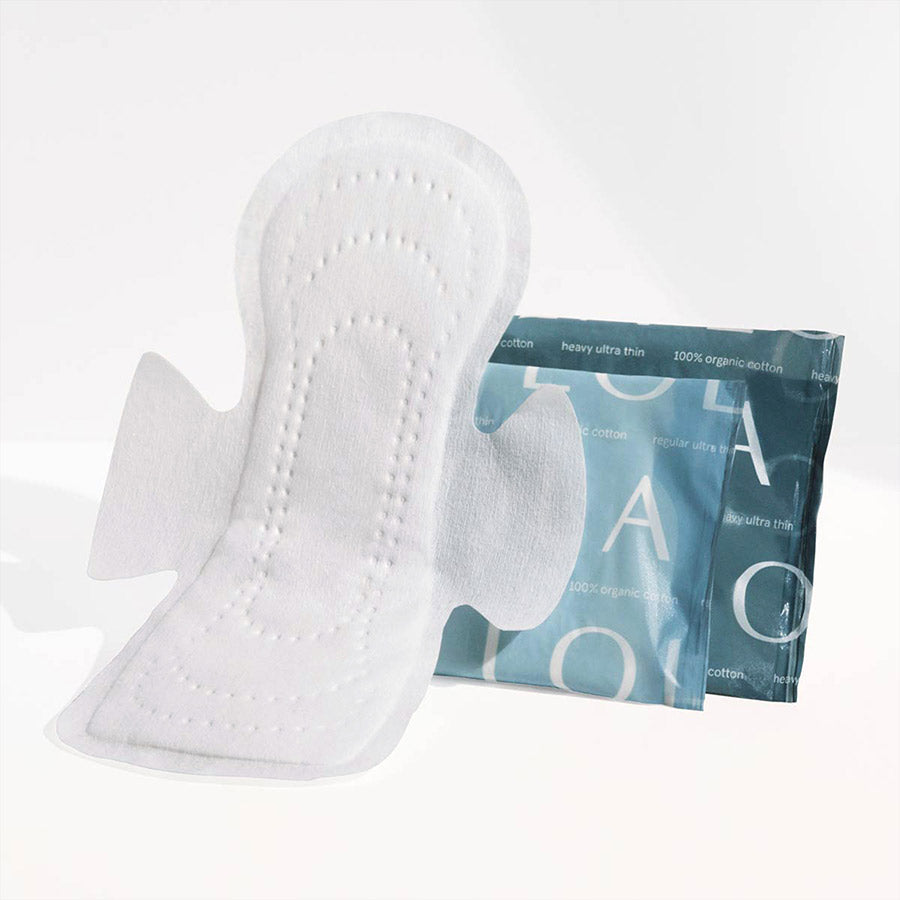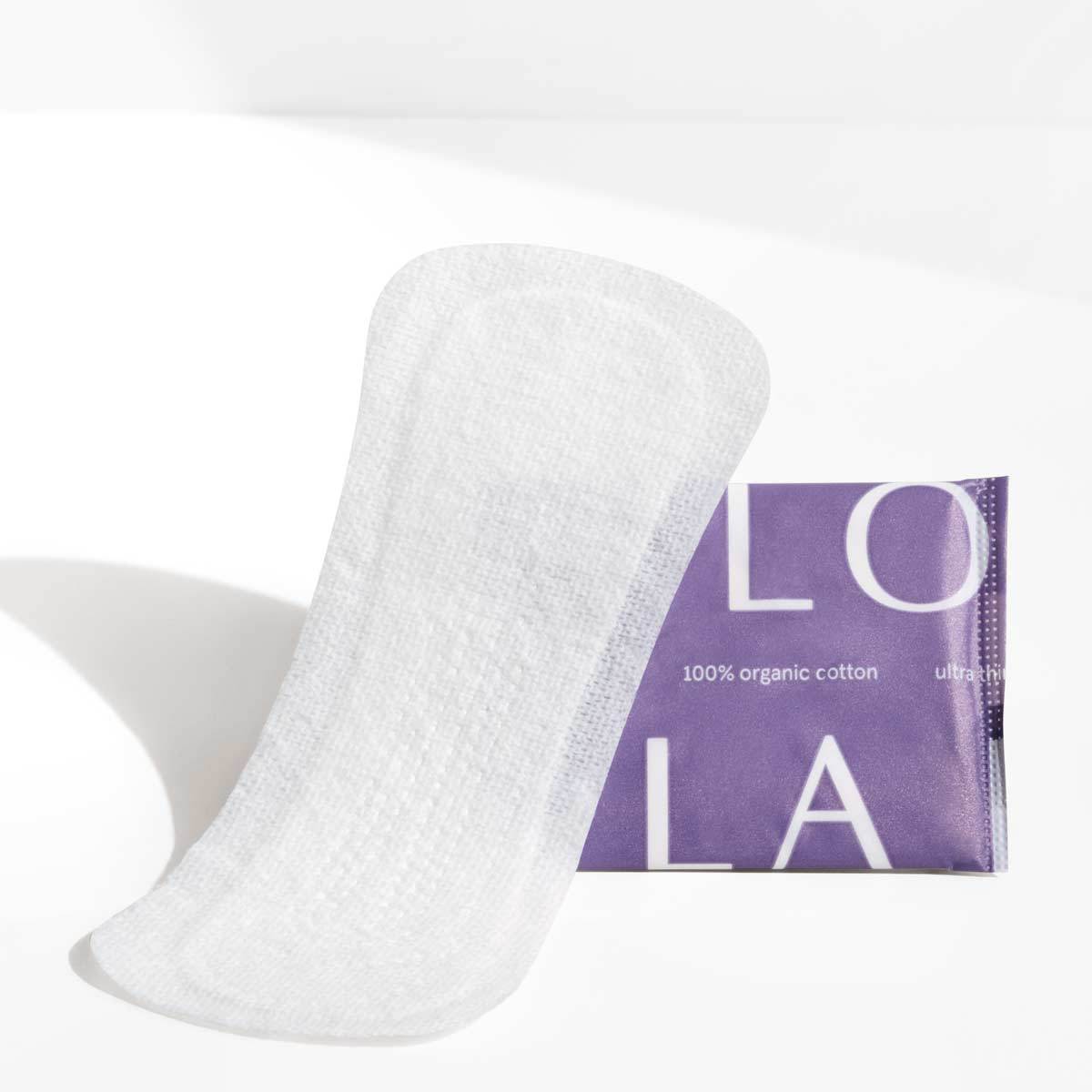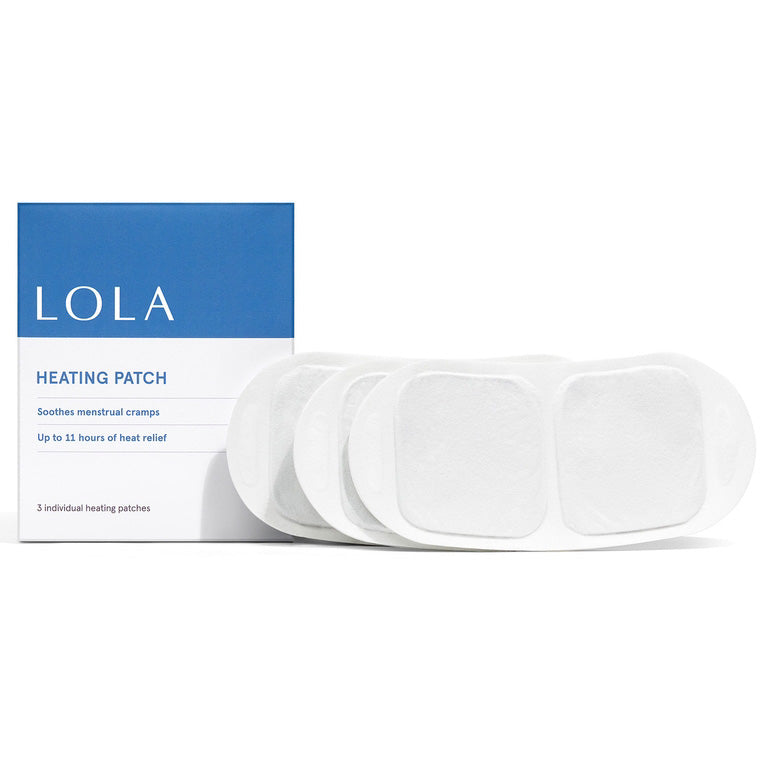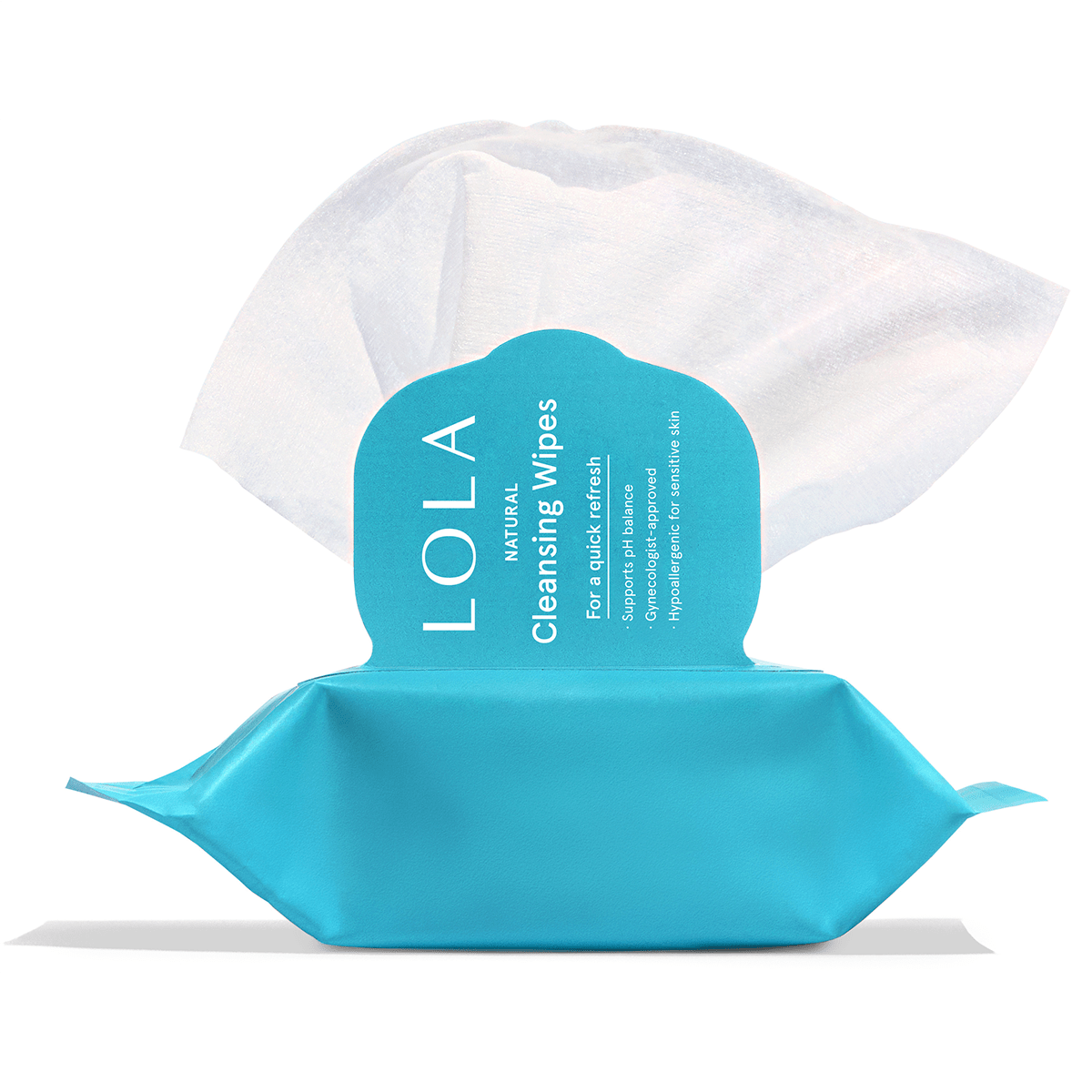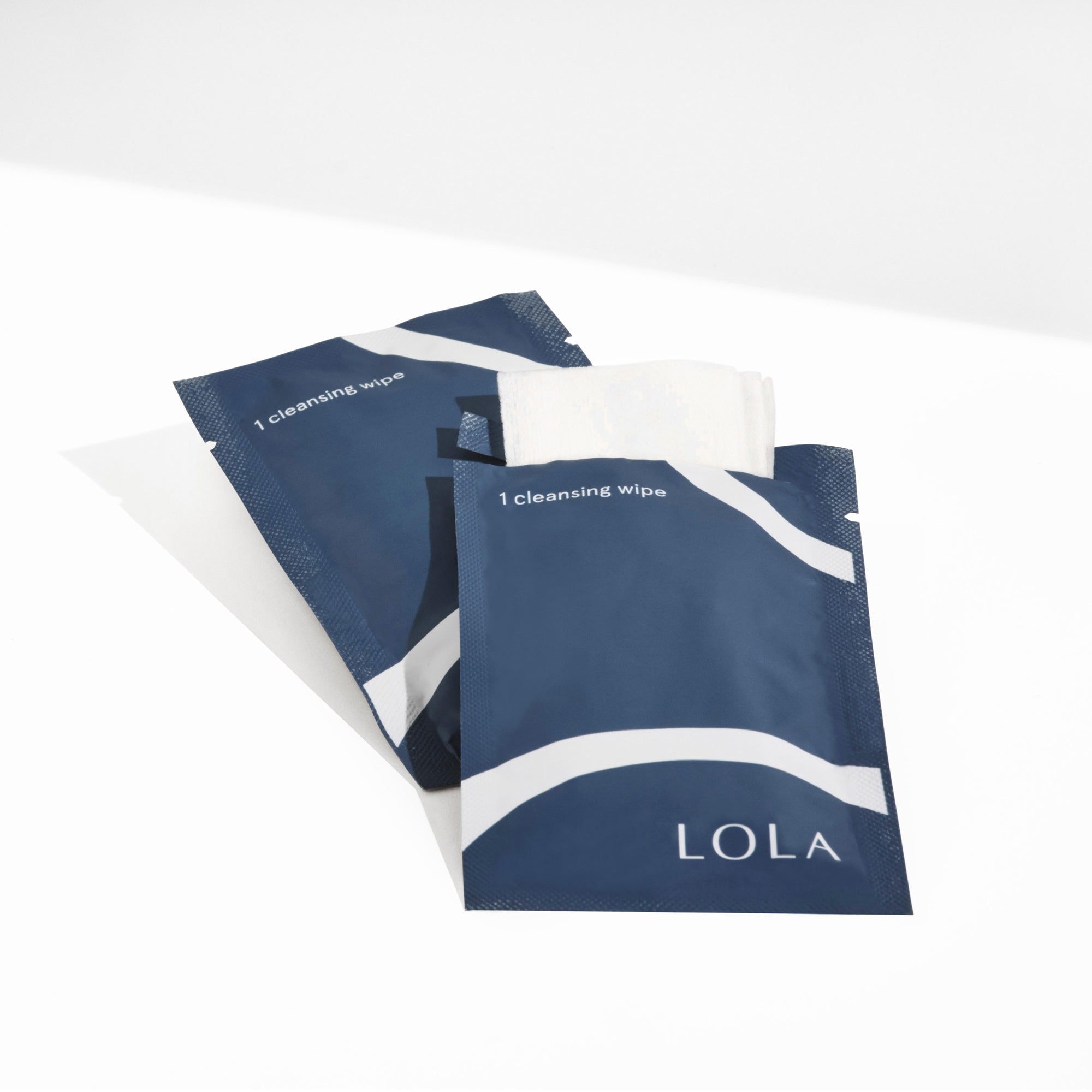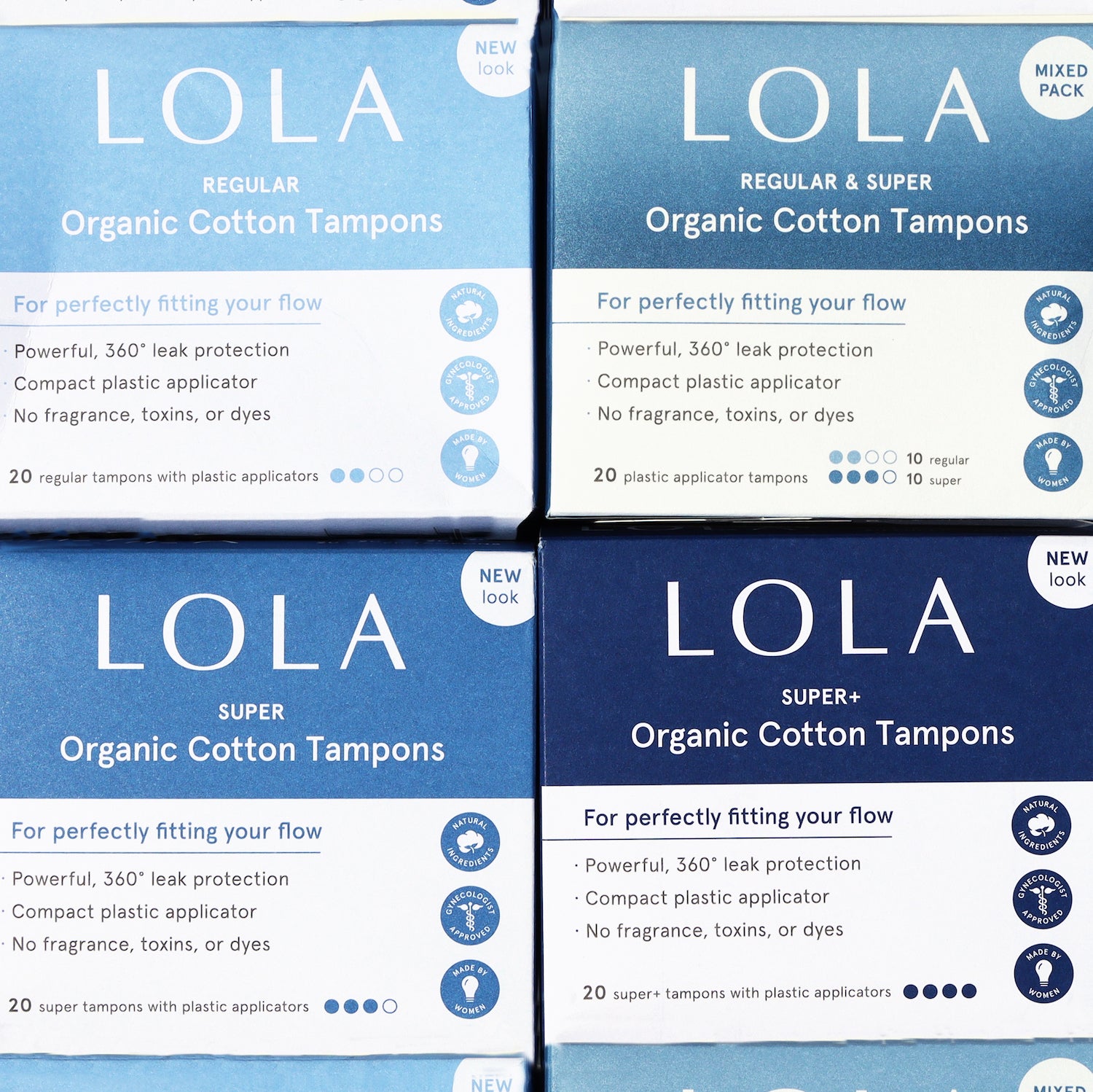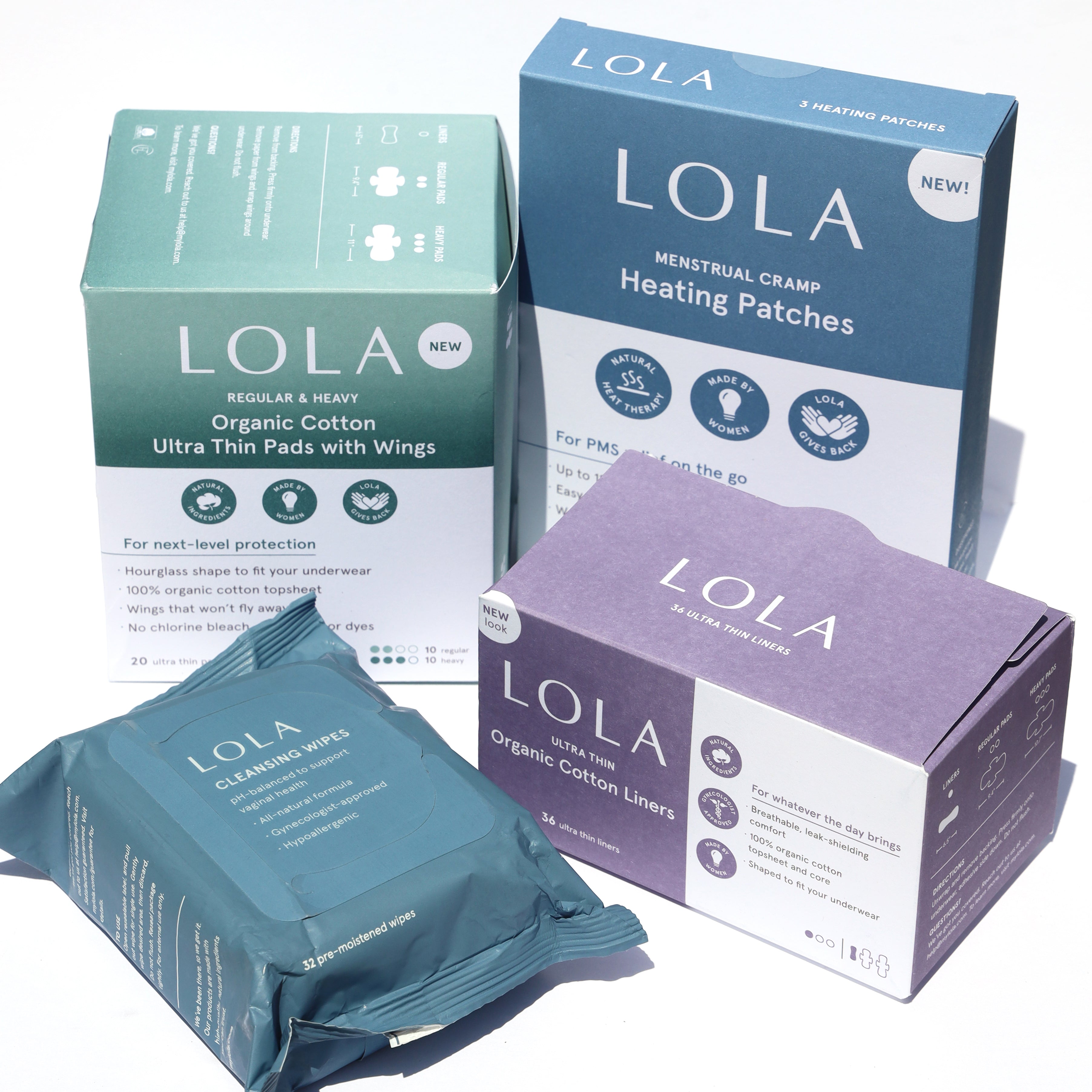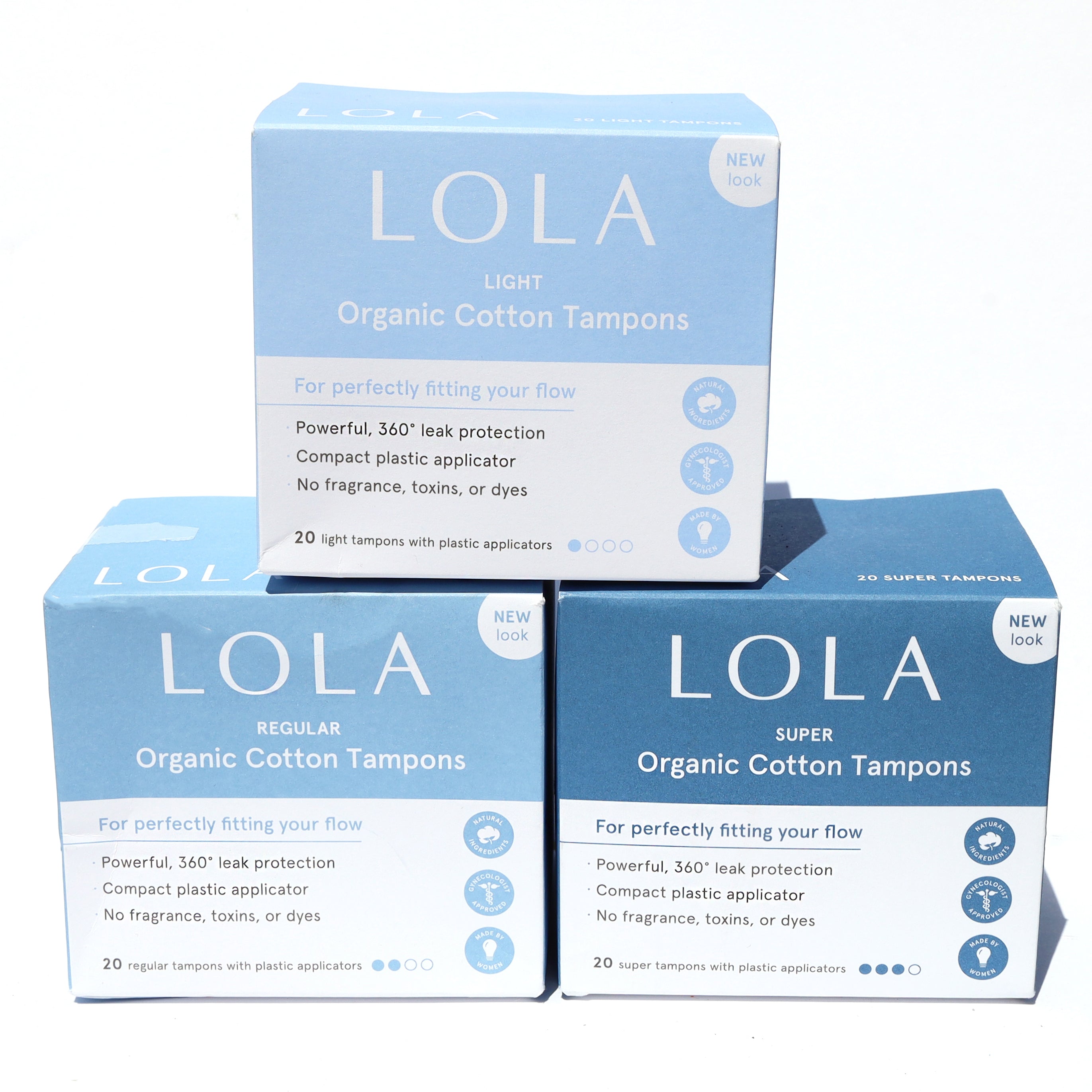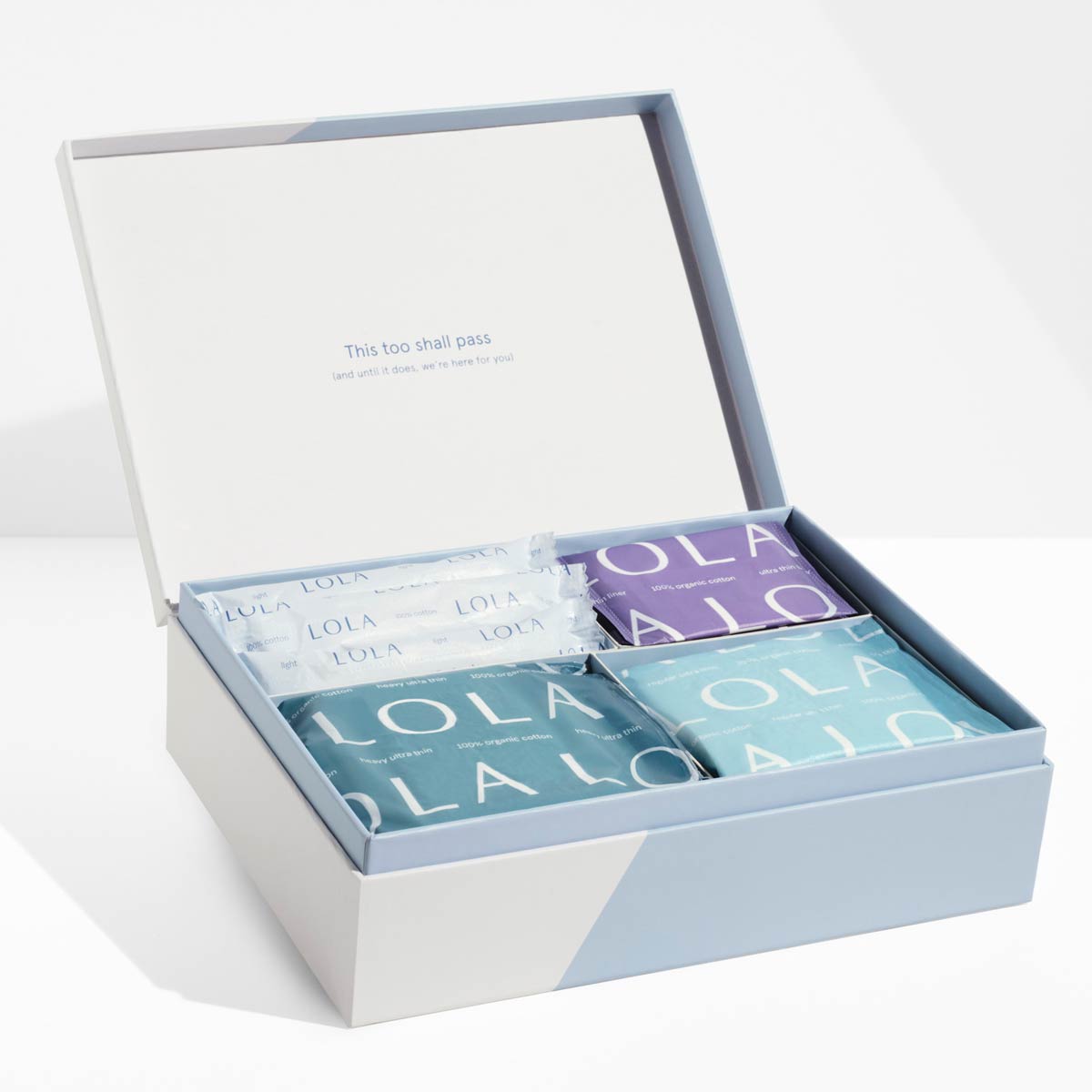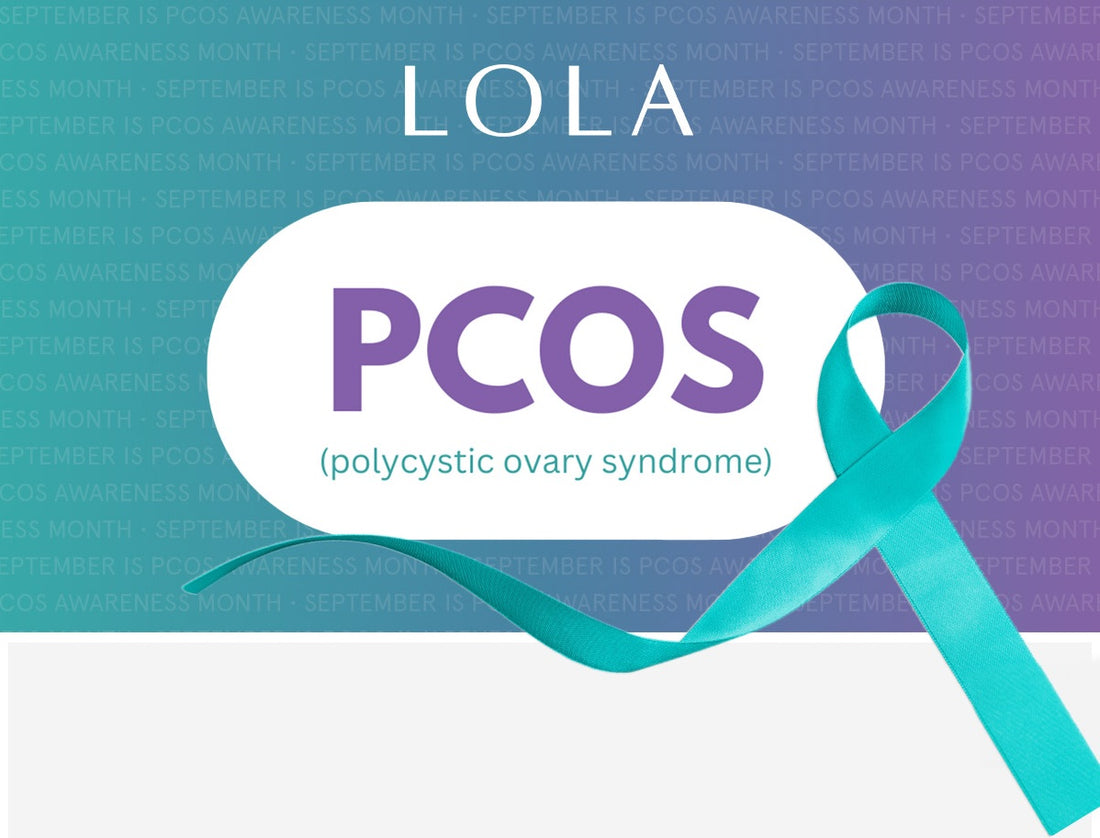Here at LOLA, when it comes to reproductive health, we believe we have an ongoing responsibility to continually create spaces for conversation and education. Whether it be here on our blog or immersed in community conversation, no topic is too taboo (IYKYK).
Since September is Polycystic Ovary Syndrome Awareness Month, we wanted to take this time to encourage you to reflect on your body and overall menstrual health. How have you been feeling? Have you been noticing major differences in your overall health?
Here, we're breaking down some of the most important facts about PCOS: what it is, its effects, and its symptoms. We will also provide some insights on how PCOS is diagnosed and treated and resources for you throughout the month.
What is PCOS?
- Polycystic Ovary Syndrome, or Polycystic Ovarian Syndrome (PCOS) is a disorder caused by ovarian overproduction of androgens, which results in abnormal periods.
- The “cyst” in polycystic refers to small sacs of fluid that develop in the ovaries of some women with this disorder.
- Many women with PCOS are insulin resistant, resulting in higher risk for diabetes.
- PCOS is one of the leading causes of infertility.
- PCOS is not your fault, and it is manageable.
Who does it affect?
- 5-10% of women of reproductive age are affected by PCOS.
- Many women find out that they have PCOS if they are trying to get pregnant and are having challenges, typically in their 20s and 30s.
Symptoms of PCOS
- An irregular menstrual cycle
- Amenorrhoea (no periods)
- Excessive facial or body hair growth and/or acne
- Scalp hair loss
- Reduced fertility (difficulty in becoming pregnant) related to less frequent or absent ovulation
- Mood changes, including anxiety and depression
- Obesity
- Sleep apnea
How to Diagnose PCOS
- There is no single test to diagnose PCOS.
- If you begin to notice signs of PCOS, we advise you to check in with your doctor who can discuss your medical history and do exams if necessary.
If you're currently living with PCOS, please checkout our easy morning routine recommendations. Also, be sure to visit our Instagram all September long for even more PCOS tips and resources.
